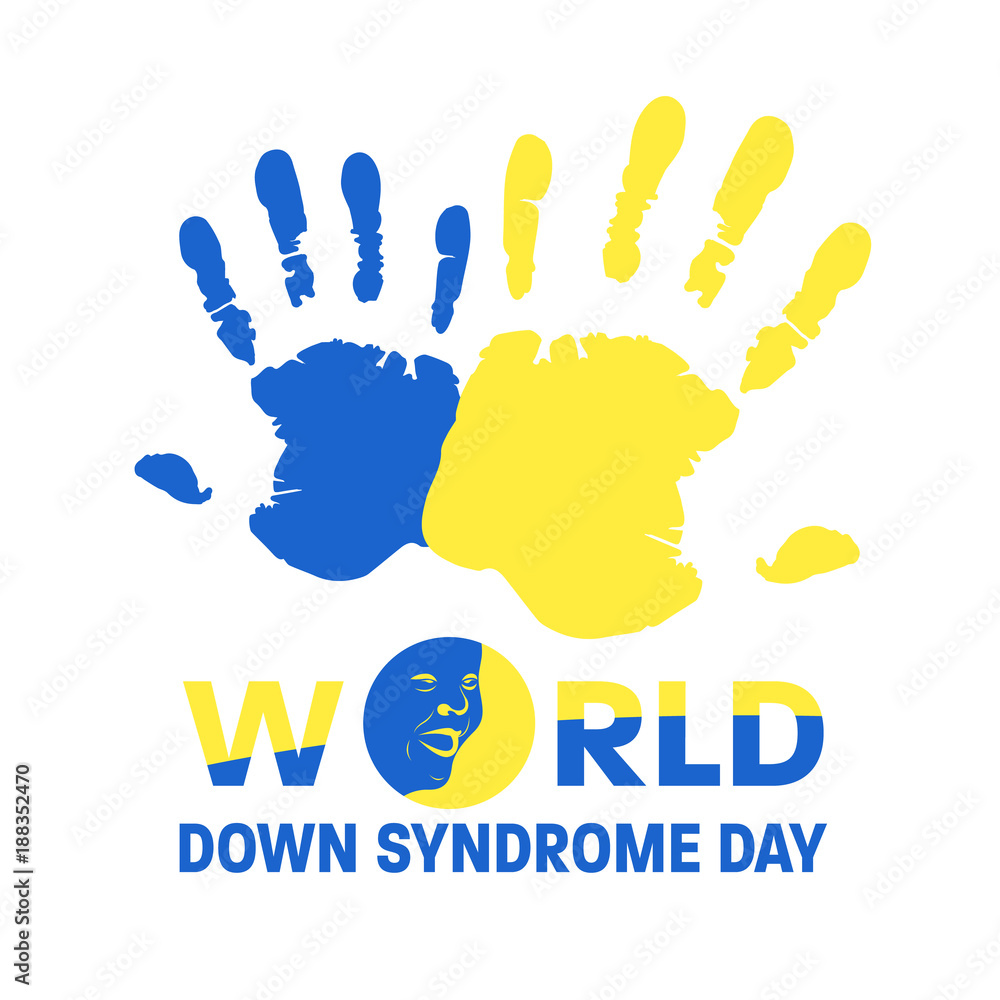Holiday
Down syndrome: causes, symptoms, diagnosis, and treatment
Down syndrome was first described in 1866 by John Langdon Down, a physician from Cornwall, England. One in 800 babies born worldwide has Down syndrome. In the United States, children with Down syndrome account for 500 births each year and more than 200,000 children and adults are diagnosed with Down syndrome.
Down’s disease
Down disease is a syndrome caused by a mutation in the number of chromosomes, specifically an extra pair of chromosome 21 called trisomy 21. This change in the number of chromosomes affects the development, of the sperm child’s mental, physical, and mental health.
Causes of Down’s Syndrome
The human chromosome set consists of 46 pieces, divided into 23 pairs, of which there are 22 pairs of autosomes and 1 pair of sex chromosomes. Each pair of chromosomes usually consists of two identical ones received from the father and one from the mother. In a child with Down syndrome, there are 3 pairs of chromosome 21.
This chromosomal disorder is formed during the segregation and fusion of chromosomes when creating gametes. Chromosome 21 has a very small size, so the gene imbalance caused by an excess of chromosome 21 does not seriously affect the body and most children can still be born and live. This chromosomal excess can occur in all chromosomes (pure Down) but also in a small number of cell lines (Mosaic Down).
Classify
According to the mechanism of formation of chromosomal mutations, Down syndrome can be classified as:
– Triploidy 21, accounting for 95%. In this case, the patient has 3 chromosomes 21 in all cells compared to the normal 2 chromosomes, called pure down, caused by an aberration in chromosome division during embryonic formation.
– Mosaic Down syndrome. Patients with mosaic Down’s disease have only some cell lines with 3-chromosome 21 abnormalities while other cell lines are normal. The rate of palpable Down is very small and the clinical manifestations are also milder than that of pure Down.
– Translocation Down syndrome. People with Down’s translocation still have 2 chromosome 21, but another segment of chromosome 21 is attached to the other chromosome. This abnormality can occur before or during fertilization.
Symptoms of Down’s Syndrome
Typical outward signs can be very recognizable in children with Down syndrome:
- Flat face, stupid
- Eyes slanted, eyes far apart
- Small, flat nose
- Unusual ear shape
- Short head
- Short neck, round shoulders
- Thick, flat nape
- Mouth protruding, always open, thick tongue sticking out
- Legs and arms short, big
- Undeveloped sex organs, infertility
- Weak muscles and ligaments
- Less brain
- Heart disease: 50% of children with Down syndrome have congenital heart defects
- Respiratory and dental problems
- Digestive problems
- Thyroid disease
- Vision and hearing problems
- Sensitive to inflammatory agents, and infections.

Behavioral problems
Children with intellectual disabilities should not be able to take care of themselves, acquire knowledge, and study like normal children. There are children who are very slow and there are children who absolutely need the help of their parents, teachers, and caregivers. Some children can read, write, or solve simple math problems.
Children’s behavior and communication are also different, children are very limited in their ability to understand and communicate with people. Often children with Down syndrome are gentle and docile. However, some children may still have common mental disorders such as ADHD.
Some other behaviors and psychology:
- Irritability
- Abnormal unconscious behaviors such as clapping hands, biting hands, biting clothes
- Very sensitive to novelties such as sounds, scents, places, or changing routines.
- Often stares at others
Who is at risk for Down’s Syndrome?

Risk factors that increase your chances of having a baby with Down syndrome:
1. Mother’s age during pregnancy:
The risk of having a baby with Down syndrome increases with maternal age.
- 25-year-old mother: the rate of children with Down syndrome is quite low, about 1:1200
- Mother over 35 years old: ratio is 1:350
- 40-year-old mother: Down birth rate is 1:100
- 45-year-old mother: increase rate 1:30
- 49-year-old mother: the odds of having a child with Down syndrome are very high: 1:10
2. History of pregnancy or having given birth to a child with Down syndrome:
The risk for a subsequent pregnancy of having a Down baby is 1:100.
3. History of parents
Parents with a history of chromosomal abnormalities are at risk
Treatments for Down’s Syndrome
Down is a disease caused by chromosomal abnormalities, so there is no specific treatment, only treatment and symptom improvement. Children have to live with illnesses and live that depend a lot on others. Some associated abnormalities can be treated by specialists such as operable congenital heart disease, and hypothyroidism treated with hormone replacement therapy.
The principles of treatment:
Necessary medical and rehabilitation therapies to help children in their development, and teach children about language and behavior.
Families send their children to special classes so that they are well cared for, taught the basics, and learn at a simple level.
Taking care of children and people with Down syndrome, and creating good living conditions and environment will help people with Down syndrome increase their life expectancy significantly.
One of the spiritual support gifts on down syndrome day
In A World Where You Can Be Anything Be Kind Down Syndrome T-Shirt
Let’s help the unlucky person on the down syndrome awareness day



Conclusion
Hopefully, the above knowledge that Mazeshirt shares will help women be more proactive in examining and screening for Down syndrome in their unborn babies. Besides, it is advisable to have antenatal check-ups according to the schedule, so as not to miss the best time to detect the risk of birth defects in the baby during pregnancy. From there, there can be timely interventions to avoid possible unfortunate risks

